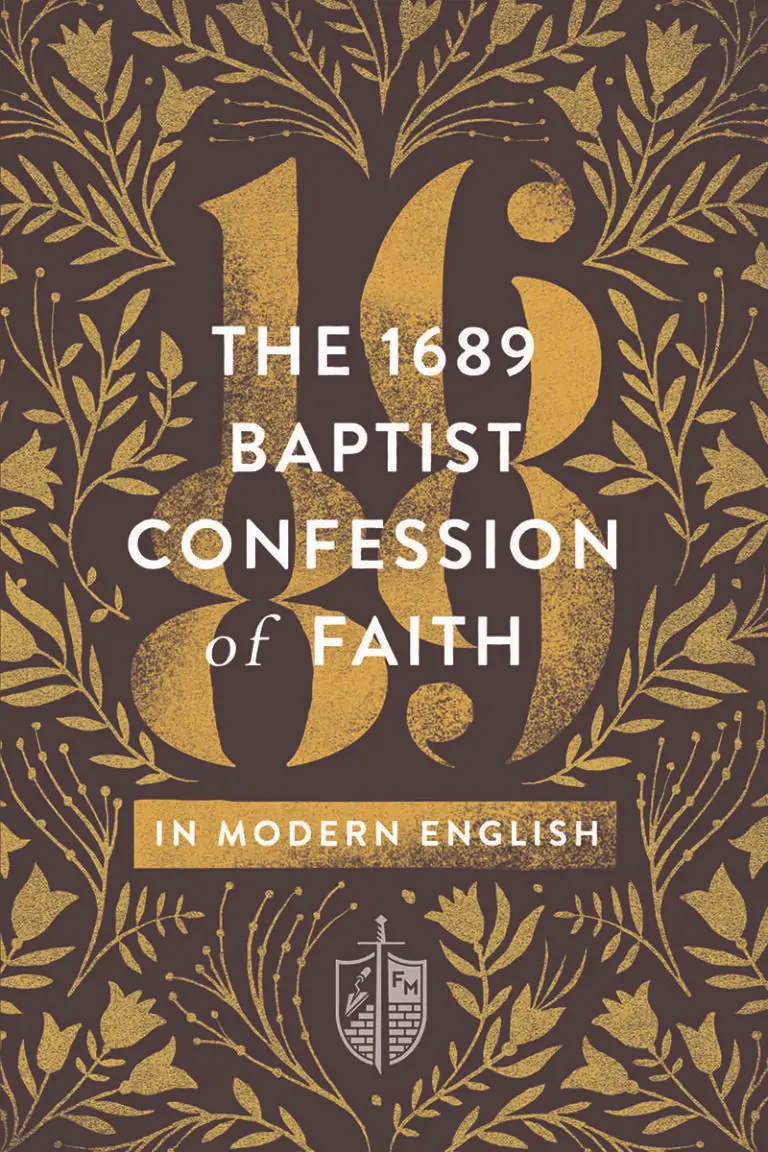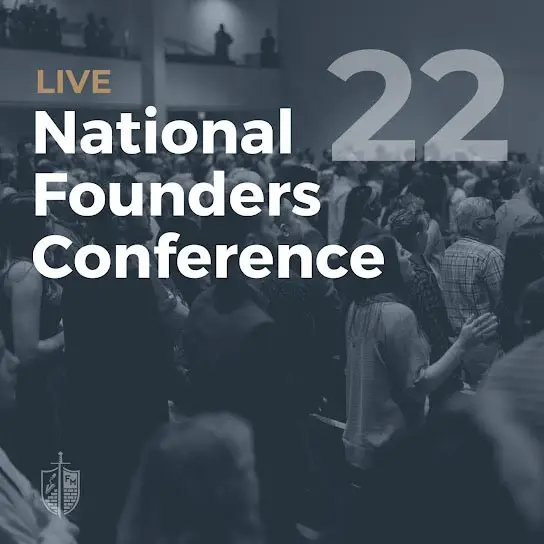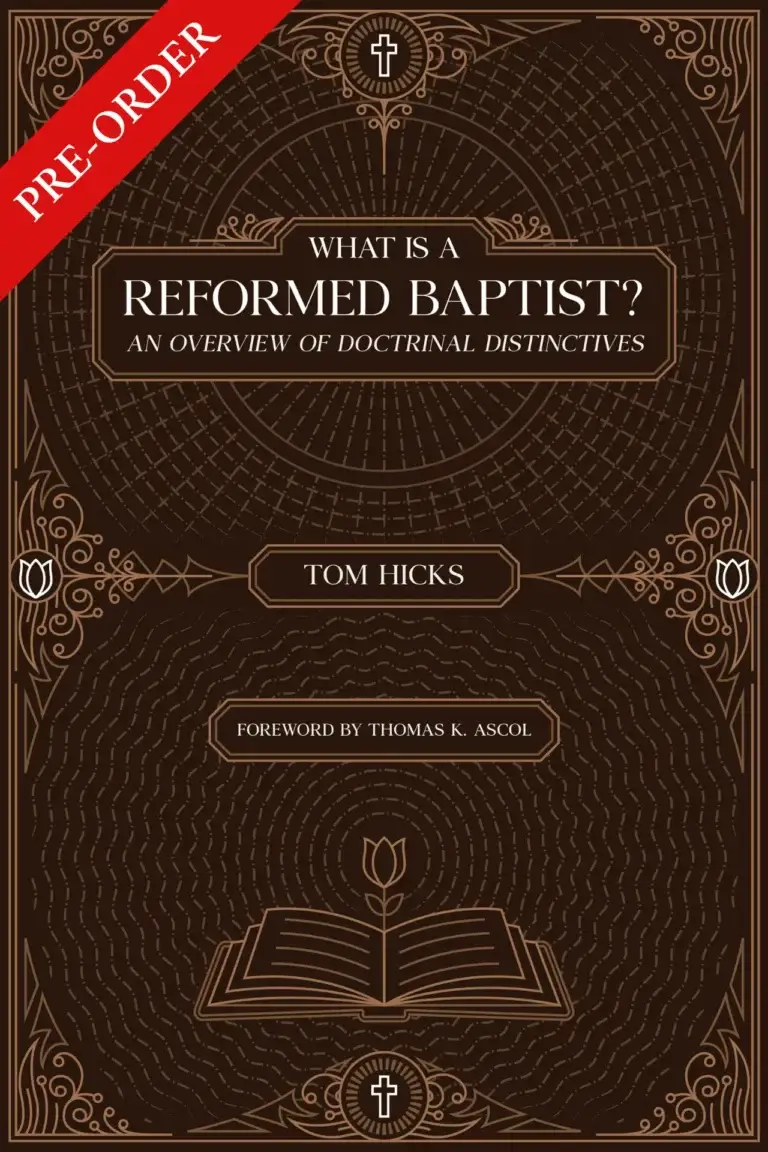Lesson Focus: This lesson looks at different human responses to loss and the hope Jesus gives to believers who grieve.
An Intellectual Approach to Grief: John 11:20-27.
[20] So when Martha heard that Jesus was coming, she went and met him, but Mary remained seated in the house. [21] Martha said to Jesus, "Lord, if you had been here, my brother would not have died. [22] But even now I know that whatever you ask from God, God will give you." [23] Jesus said to her, "Your brother will rise again." [24] Martha said to him, "I know that he will rise again in the resurrection on the last day." [25] Jesus said to her, "I am the resurrection and the life. Whoever believes in me, though he die, yet shall he live, [26] and everyone who lives and believes in me shall never die. Do you believe this?"
[27] She said to him, "Yes, Lord; I believe that you are the Christ, the Son of God, who is coming into the world." [ESV]
[20-26] When Martha heard that Jesus was approaching Bethany, she went out to meet Him. But Mary remained sitting at home. It was customary for those who were mourning to remain in the house where friends would come and sit with them in a silence broken occasionally with sobs of grief. The picture of Mary and Martha in the fourth gospel accords well with the way they are portrayed in Luke 10:38-42. There Martha busies herself with the obligations of hospitality, but Mary sits at Jesus’ feet to learn while the opportunity presents itself. In the story recounted by Luke, it is Mary who is commended for having chosen the good portion, but in John’s narrative a number of scholars think that Martha comes out better. Her response to Jesus’ arrival is to go out to meet Him without delay. Furthermore, in verse 27 she gives voice to a magnificent confession. It would be easy to interpret Martha’s words in verse 21 as a complaint against Jesus’ late arrival: Lord, if you had been here, my brother would not have died. But that kind of response would have been inconsistent with the sisters’ relationship to Jesus, not only as a dear friend but also in the heightened sense of Lord. Martha’s words were not a rebuke but a genuine expression of sorrow mingled with the confidence that, had Jesus been there, He could have prevented the death of their brother. Martha goes on to say that, even though Lazarus is now dead, she is confident that God would give to Jesus anything that He would ask of Him. Martha does not specifically ask Jesus to pray that Lazarus will be raised from the dead, though this is certainly implied in the way she poses the remark. Some would question Martha’s apparent confidence, calling attention to her reluctance at the tomb when Jesus asked to have the stone removed [39]. It is better to understand that Martha, in a general sense, believed Jesus could restore her brother to life, but that at the moment when it was about to happen, her faith gave way to the reality that a body dead for four days had already begun to decompose. Jesus does not get involved in a theoretical discussion of the possibility that Lazarus could be brought back from the grave but simply tells Martha in the plainest way possible that her brother will rise again. Martha understands His words in reference to the widely accepted Pharisaic belief that the dead would be raised to life at the last day. (Only the Sadducees denied the possibility of resurrection). But this was not what Jesus had in mind. He was not speaking of something that would take place in the distant future. Those who had gathered to mourn were about to see Lazarus rise again right before their eyes. Not only was Jesus able to raise the dead; He was Himself the resurrection and the life. What Jesus means by this prophetic announcement is not simply that He is able to restore life by resurrecting people from the dead but that He Himself is that resurrection and life. We are called on to see Jesus as possessing eternal life in such a way that to believe in Him is to share with Him the resurrected life of the new age. In the following two clauses Jesus explains what He means by the resurrection and the life. The person who believes in Him will come to life (spiritually) even though that person will die (physically). This is the true meaning of resurrection – it forever frees the believer from final death. The raising of Lazarus serves as an illustration in the realm of natural life of a truth that is essentially spiritual and belongs to a higher sphere of reality. The second clause explains life. While resurrection counters the dread enemy death, eternal life is the glorious result of sharing the destiny of the Resurrected One. So Jesus puts the question to Martha: Do you believe this? Not, “Do you believe that I can raise your brother from death even now before the general resurrection at the end of time?” but, “Do you believe that by faith in me a person is raised to a new level of life that is spiritual and that there is no end (death) to this glorious relationship?” in other words, “Do you really believe in me in terms of the higher truths I have taught about myself and my mission?”
[27] Verse 27 gives Martha’s response to Jesus’ question: Do you believe this? We should notice that Martha did not reply directly to what Christ had asked, for her answer did not include her assent to what He had been teaching. Still, it was a good reply. She did not affirm more than she knew, but she affirmed what she did know. When we consider her answer a phrase at a time, we notice, first of all, that she gives the basis of her understanding. The basis is the word of Christ. We have it in her affirmative response: Yes, Lord; I believe. This does not mean that she understands everything He has been saying but rather that she accepts it, whatever it is, because she knows that His words are trustworthy. This is an ideal starting point for anyone. This should be true of our spiritual understanding. Moreover, it is not only that Jesus’ words are absolutely trustworthy, it is also the case that only His words are fully trustworthy. With anyone else the question of truth is relative. A person may speak what is true at one time but what is false at another. Or he may speak partial truth; that is, truth mixed with error. Or he may not know what is true. With Jesus it is different. Jesus spoke the truth, the whole truth, and nothing but the truth. Moreover, He claimed to be the truth. In other words, according to Jesus, the only valid starting point in any religious matter is what He Himself has said and done, and not the words or deeds of some other person. When we are talking about the words of Jesus in this way, we must realize that we are also talking about the whole of Scripture, for He inspired Scripture. The second important thing we should notice about this verse is that it also gives a statement of content as regards Martha’s confession. The first notable feature is the basis upon which she believers. The second is the content or what she believes. Clearly this is also important, for faith without content is meaningless. Her confession has three points, but the most important thing to be said is that all three points have to do with Jesus. In other words, He Himself is the content of her confession. There are other matters in the Christian faith, of course. But in a sense they all focus in Christ, so that He really is the content of Christianity. First of all, Martha expressed belief that Jesus is the Christ. Christ means Messiah, or the Anointed one. So, by saying this, Martha was affirming that Jesus was the one prophesied to appear in the end time as God’s specially appointed servant. Second, Martha called Jesus the Son of God. By this she acknowledged His divinity. It is important that Jesus be divine. For only if He is divine is He able to do that which He has been sent to do and that which we need. If Jesus is not God, then His words are to be trusted no more than any other man’s. They might be right – in part – but we cannot build upon them. We cannot trust the question of our eternal destiny to His teaching. If Jesus is not God, then His death on the cross has no more meaning than the death of any other individual. It may have been courageous. It may be an example to others who are subjected to persecution and suffering. But it is not an atonement for sins, and those who trust in it are deluded. If Jesus is not God, then He did not rise from the dead; and those who preach the resurrection are of all men most miserable and are deceivers of others. If Jesus is not God, then He has not gone to prepare a place for His own, will not return again for them, and is not now present to guide and assist those who trust Him. All this depends upon the affirmation that Jesus is fully divine. So this affirmation must be part of our testimony. Finally, Martha confessed that Jesus is the one who is coming into the world. By this, she meant that Jesus is the one who had been promised in the various Old Testament Scriptures and who had therefore come to fulfill them. Jesus is the one promised to the fallen and dejected Adam and Eve in the Garden, the one who should crush the head of Satan though Satan should wound His heel [Gen. 3:15]. He is the seed of Abraham through whom all families of the earth should be blessed [Gen. 22:18]. He is that prophet whose coming God foretold to Moses [Deut. 18:15,18]. He is the suffering one of Isaiah’s prophecy [Isaiah 53], the crucified but resurrected one of the Psalms [Psalms 16:10; 22:1-18]. He is the one who shall rule forever upon the throne of His father David [2 Sam. 7:16]. Do you believe that Jesus is all these things, as Martha believed that He was? If you do, a great consequence will flow from it; namely, that you will stop looking elsewhere for the answers to life, history, and salvation.
An Emotional Approach to Grief: John 11:32-36.
[32] Now when Mary came to where Jesus was and saw him, she fell at his feet, saying to him, "Lord, if you had been here, my brother would not have died." [33] When Jesus saw her weeping, and the Jews who had come with her also weeping, he was deeply moved in his spirit and greatly troubled. [34] And he said, "Where have you laid him?" They said to him, "Lord, come and see." [35] Jesus wept. [36] So the Jews said, "See how he loved him!" [ESV]
Mary’s response to seeing Jesus was to fall at His feet. She speaks to Jesus using the very same words as her sister, Martha. She did not, however, repeat what her sister had said about God granting to Jesus whatever He might ask. Undoubtedly the sisters had lamented on repeated occasions that if only Jesus had been there, Lazarus would not have died. So it was natural for the women to express themselves in this way when they first encountered Jesus. So with Mary at Jesus’ feet, weeping and surrounded by her many friends who were also weeping and wailing, John writes that Jesus was deeply moved in his spirit and greatly troubled. This expression has engendered considerable debate. Some scholars emphasize the primary meaning of the verb deeply moved as “to snort with indignation” and have understood Jesus as reacting in anger at the disorderly and intemperate scene He encountered. If Jesus actually was angry, then it would seem to stem from the mourners’ failure to grasp the truth that their sorrow was irreconcilable with faith in the one who is the resurrection and the life. The majority of English translators have understood that while the verb in this context may well have indicated an outburst of indignation, the term is sufficiently comprehensive to include compassion as well. This interpretation sees this verse as a testimony to the human feeling of Jesus, who shares with all men in their pain and distress. Jesus asks very simply, Where have you laid him? To which Mary and the others answer, come and see. In the shortest verse in the Bible, we learn that Jesus wept. Note here that John uses a different word for the tears of Jesus than for the weeping of Mary and those with her. This word refers to a more restrained breaking out in tears. We read of Jesus’ tears in two other places in the New Testament: Luke records Jesus’ weeping over Jerusalem as He approached it for the last time [Luke 19:41], and the author of Hebrews reminds us that during the days of His life on earth, Jesus offered up prayers and supplications with loud cries and tears [Heb. 5:7]. The reason for Jesus’ tears in the Lazarus story was not grief over Lazarus’s death – that would bracket Him with those who have no hope [1 Thess. 4:13]. Nor was it simply an expression of love and concern for the sisters and their friends. Jesus wept because of the havoc wrought on the world by sin and death. To the one who came to bring life, death was a stark reminder of the continuing cosmic struggle between God and Satan for the souls of men and women. As long as death reigned, the kingdom of God was not yet finally and completely established. The Jews failed to understand the real cause of Jesus’ tears. They said, See how he loved him! – an observation true enough, but one that fell far short of the real reason for Jesus’ tears. He wept over the sad state of a people too blind to see that in Him there is life eternal and that by faith in Him death is transformed into a gateway to eternal bliss. It was the tragic state of their spiritual blindness that caused Him pain and brought tears to His eyes.
The Supernatural Approach to Grief: John 11:43-44.
[43] When he had said these things, he cried out with a loud voice, "Lazarus, come out."
[44] The man who had died came out, his hands and feet bound with linen strips, and his face wrapped with a cloth. Jesus said to them, "Unbind him, and let him go." [ESV]
Jesus’ focus here is not on the miracle but on the revelation of God’s glory in and through it. By praying in public, Jesus does not engage in posturing but rather seeks to draw His hearers into the intimacy of Jesus’ own relationship with the Father. Moreover, Jesus desires that the sign He is about to perform elicit a believing response. After praying, Jesus cried out in a loud voice, Lazarus, come out. The voice was loud, not so the dead could hear, but to a crowd accustomed to magic in which incantations and spells were muttered, Jesus stood entirely apart by performing the act by the creative, life-giving power of His sheer word. Lazarus’s feet and hands were wrapped with strips of linen. The corpse was customarily laid on a sheet of linen, wide enough to envelop the body completely and more than twice the length of the corpse. The body was so placed on the sheet that the feet were at one end, and then the sheet was drawn over the head and back down to the feet. The feet were bound at the ankles, and the arms were tied to the body with linen strips. The story ends rather abruptly because the evangelist’s focus on Jesus and His signs excludes the human interest aspect of the story concerning the crowd’s reaction to the risen Lazarus.
Questions for Discussion:
1. What does Jesus mean by his statement: I am the resurrection and the life?
2. Analyze Martha’s confession of faith in verse 27. What was her confession based upon? What was the content of her confession? Can you make this same confession?
3. Why did Jesus weep at the grave of Lazarus?
References:
John, Andreas Kostenberger, BENT, Baker.
The Gospel of John, Volume 3, James Montgomery Boice, Baker.
John, Robert Mounce, EBC, Zondervan.


























